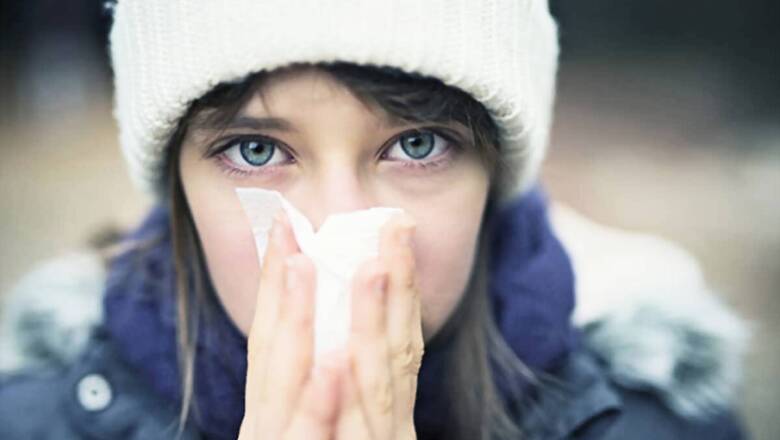
views
To reduce the transmission of COVID-19, precautionary measures like washing hands with soap and water, using sanitisers, maintaining physical distance and wearing a mask are extremely necessary. According to health portals like the Centres for Disease Control and Prevention (US) and the World Health Organisation, N-95 mask without a valve is the most effective in providing ?protection against the aerosols that are generated when a person speaks, coughs or sneezes.
Due to the increased demand of these masks for healthcare workers, confirmed patients and their family members (who require these masks more than others), fabric and homemade masks have been recommended for use to the general public.
Determining the effectiveness of homemade masks
Aerosols are tiny particles that are less than 5 micrometres in size and can be as small as 100 nanometres, whereas the larger droplets are around one millimetre in size and are usually expelled while speaking, coughing or sneezing.
Scientists at the University of Illinois, Urbana-Champaign, conducted a study to determine the effectiveness of 11 different fabrics, easily available in every house, in blocking aerosols and droplets and compared them with three-layered surgical masks. The aim of this study was to find a fabric that is breathable and has the ability to block both large and small droplets.
The 11 fabrics were taken from new and old wearable garments, quilt cloth, bedsheets and dishcloth. These fabrics were distinguished from each other on the basis of their
- Construction, which was either woven, knit or napped
- Fibre content, which was either cotton, polyester, polyamide or silk
- Weight
- Thread count
- Porosity
- Rate of water absorption
In order to simulate the coughing or sneezing action, the researchers filled the nozzle of an inhaler with distilled water and fluorescent particles of size 100 nanometer, which is equivalent to the size of the novel coronavirus particle. When the inhaler was puffed, the water was forced through the nozzle with high momentum and got collected on various fabrics placed over the collection dishes kept in front of the nozzle.
Nanoparticles that landed on the dish were then counted with the help of a high-resolution confocal microscope.
The results of the study
The result of the study showed that all of the fabrics had a considerable ability to block high-velocity droplets, even through a single layer.
When the scientists used 2 or 3 layered masks made from a highly permeable fabric, such as T-shirt cloth, it was found that droplet blocking efficiency and breathability of the t-shirt cloth mask was similar to that of a medical mask.
The scientists concluded that in the absence of the surgical masks, people could effectively use triple-layered homemade masks to protect themselves, while still maintaining social distance and good hygiene.
For more information, read our article on Face covers (homemade reusable masks) to battle COVID-19.
Health articles on News18 are written by myUpchar.com, India’s first and biggest resource for verified medical information. At myUpchar, researchers and journalists work with doctors to bring you information on all things health.


















Comments
0 comment